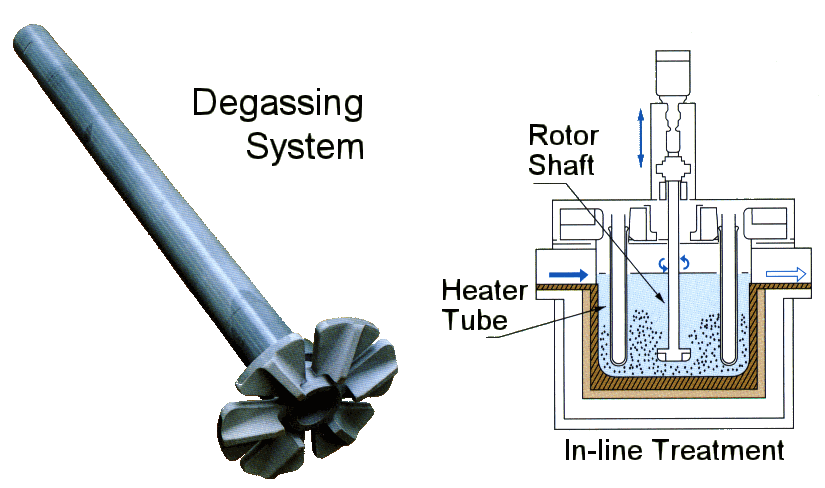
15 2月 Casting Questions for Degassing In Casting
Casting Questions for Degassing In Casting
1. The term degassing is basically employed for optimizing the use of materials used in production of casting components.
a) True
b) False
Answer: b
Explanation: During production of casting products, gases such as oxygen, hydrogen and nitrogen get dissolved in the casting. The term degassing is employed for the removal of these gases from the casting melt. Dissolved oxygen from molten casting cannot be extract as molecular oxygen, removing of oxygen from melt is called as de-oxidation.
2. Excess of nitrogen in molten casting can cause embrittlement of casting components.
a) True
b) False
Answer: a
Explanation: During solidification of molten casting in mould cavity, excess of nitrogen is extracted from the melt which can cause blow holes and embrittlement of heat affected zone of casting component. So, it is very necessary to remove nitrogen from the melt to produce castings of desired quality and defects free.
3. The presence of hydrogen in molten casting strengthens the casting components.
a) True
b) False
Answer: b
Explanation: Solubility of hydrogen in melt is generally low at ambient temperature. Hydrogen in molten casting damages or weakens the mechanical properties which also results in occurrence of porosity and losing of tensile ductility in the casting parts. Thus, removal of excess hydrogen is very necessary during solidification of the molten casting.
4. Degassing can be carried out by placing ladle containing liquid metal under vacuum.
a) True
b) False
Answer: a
Explanation: In ladle degassing method, the effectiveness is reduced from top to bottom of the molten metal. Bottom layers of metal are not much affected by the vacuum as these layers influenced by the pressure due to column of liquid metal. So the entire molten metal content is exposed to the vacuum for the complete degassing operation.
5. Which of the following gases is used in the method of recirculation degassing?
a) Hydrogen
b) Nitrogen
c) Argon
d) Oxygen
Answer: c
Explanation: In the method of recirculation degassing, argon gas is used which is bubbled through the porous holes located at the bottom side of ladle. The speed of degassing is increases with the increase in rate of circulating the liquid metal through the vacuum region. And the circulating speed is increased by the increase in flow rate of argon gas.
6. Which of the following formulas is used for determining the circulation rate (R) in recirculation degassing?
a) R = 1.42*103*Q1/3*d1/3*{ln(P1/P2)}
b) R = 2.42*103*Q1/3*d1/3*{ln(P1/P2)}
c) R = 5.14*103*Q1/3*d1/3*{ln(P1/P2)}
d) R = 7.42*103*Q1/3*d1/3*{ln(P1/P2)}
Answer: d
Explanation: The circulation rate (R) in recirculation degassing is given by-
R = 7.42*103*Q1/3*d1/3*{ln(P1/P2)} , where R is the circulation rate in Kg/sec, Q is the injection rate of argon gas, P1 is the pressure at the base, P2 is the pressure in the vacuum chamber and D is the internal diameter.
7. The effectiveness of vacuum treatment is reduced by the increase in surface area of the molten metal exposed to vacuum.
a) True
b) False
Answer: b
Explanation: The effectiveness of vacuum treatment is always increased by the increase in surface area of the molten metal exposed to vacuum. The increased surface area of the molten metal exposed to the vacuum; for example, in the form of a thin gas induced stirs which can accelerate the degassing operation. And the degassing time should be kept minimum as much as possible.
8. In vacuum treatment of molten metal, temperature of the melt can be decreased.
a) True
b) False
Answer: a
Explanation: Temperature of melt decreases during the vacuum treatment of molten metal. This is basically caused by exposing of more surface area to the vacuum chamber. To maintain the heat from the molten metal additional heating of the metal is usually done to compensate for the loss of heat.
9. In vacuum degassing method, low viscosity is considered to have negative influence on the reaction rate.
a) True
b) False
Answer: b
Explanation: The viscosity influences the efficiency of vacuum degassing; a high viscosity is considered to have negative influence on the reaction rate. The viscosity is generally not considered in the kinetics; instead, a constraint is used that limits the viscosity to be below 0.5 Pas. The melt should have low viscosity which also reduces the time involved in the procedure.
10. The effect of temperature change is generally neglected during the vacuum degassing process.
a) True
b) False
Answer: a
Explanation: The reduction in temperature changes the composition of equilibrium steel and hence mass transfer coefficient changes dynamically. The effect of temperature change is generally neglected during the vacuum degassing process, but the temperature change is analyzed so that the operation does not finish at the low temperatures.
Supplied by AdTech Metallurgical Materials Co.,Ltd.


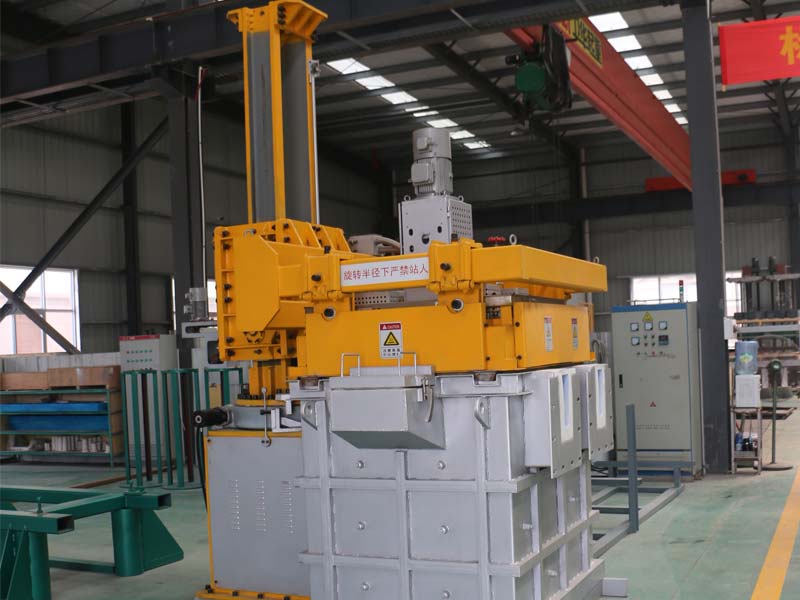
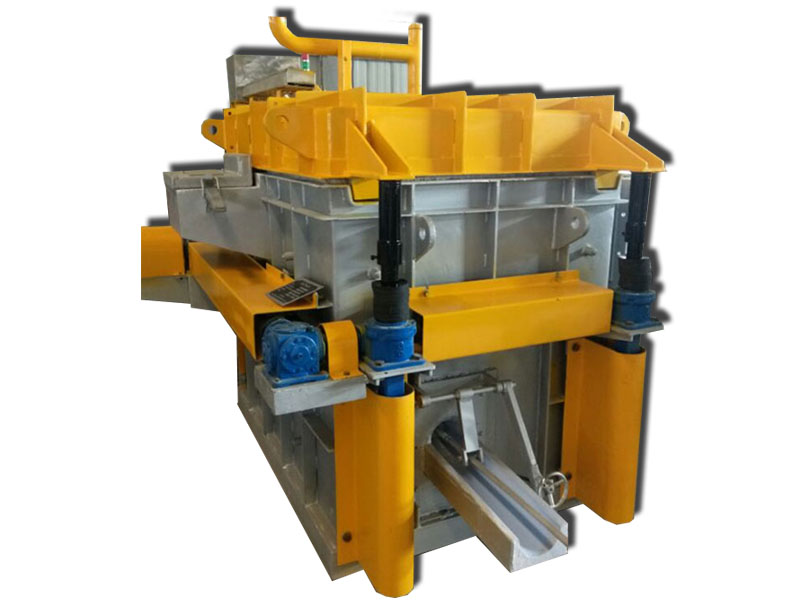
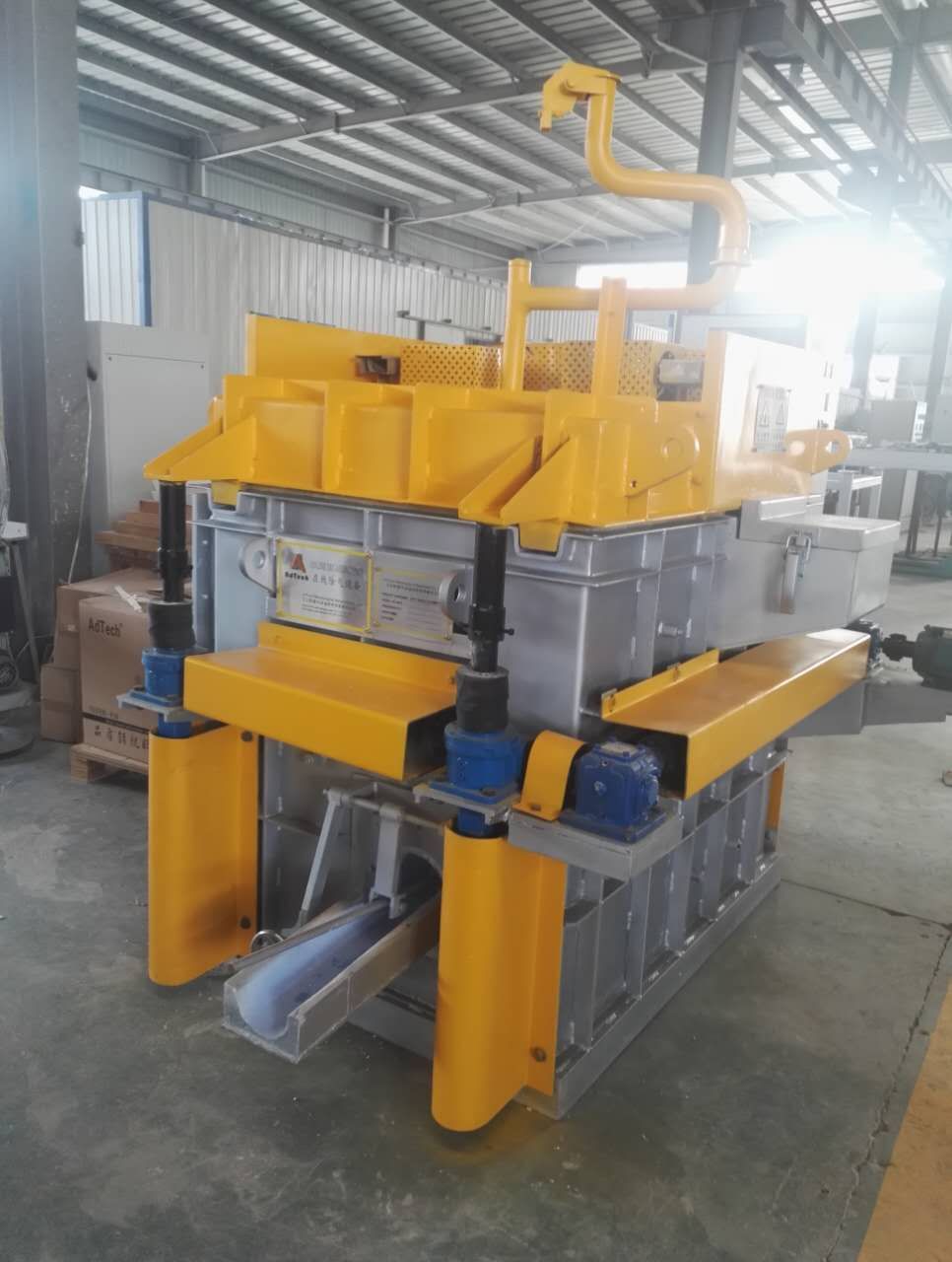
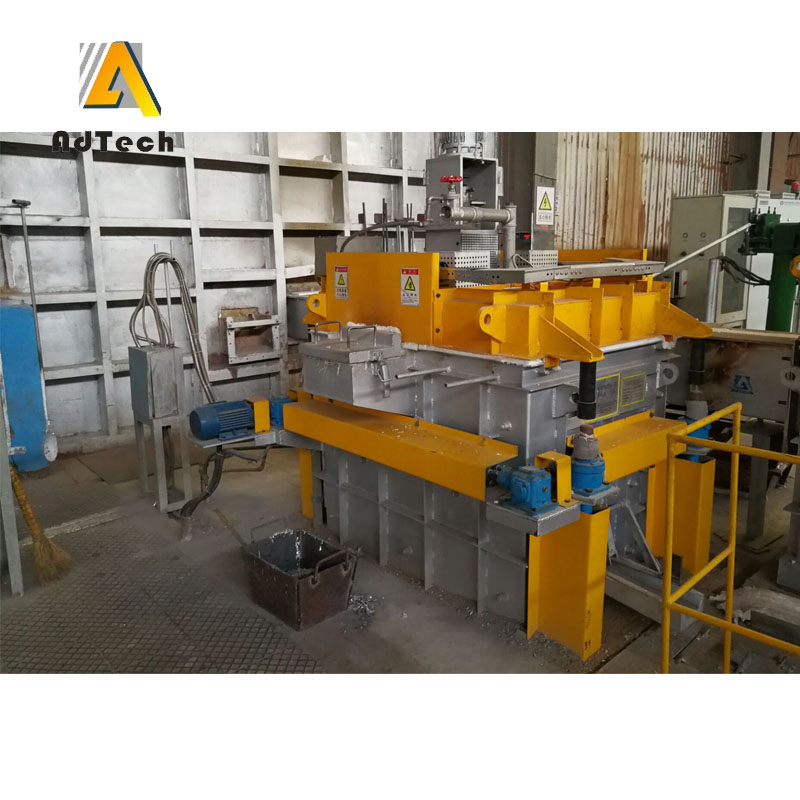
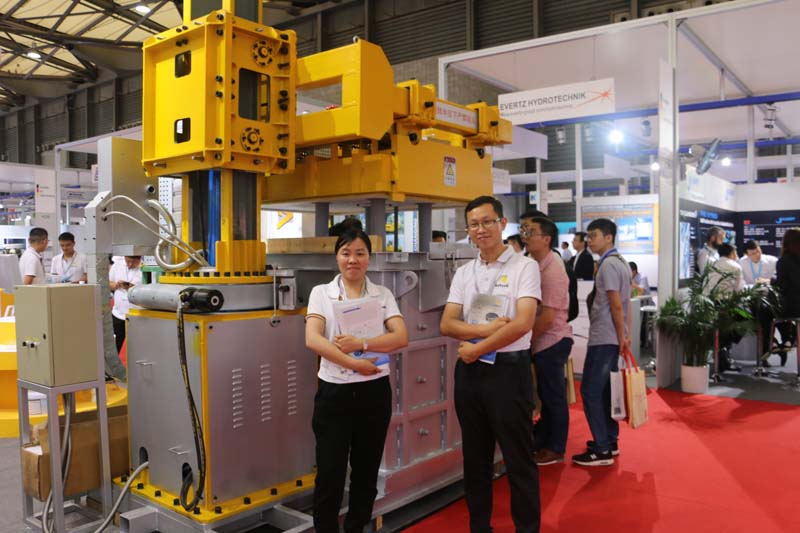
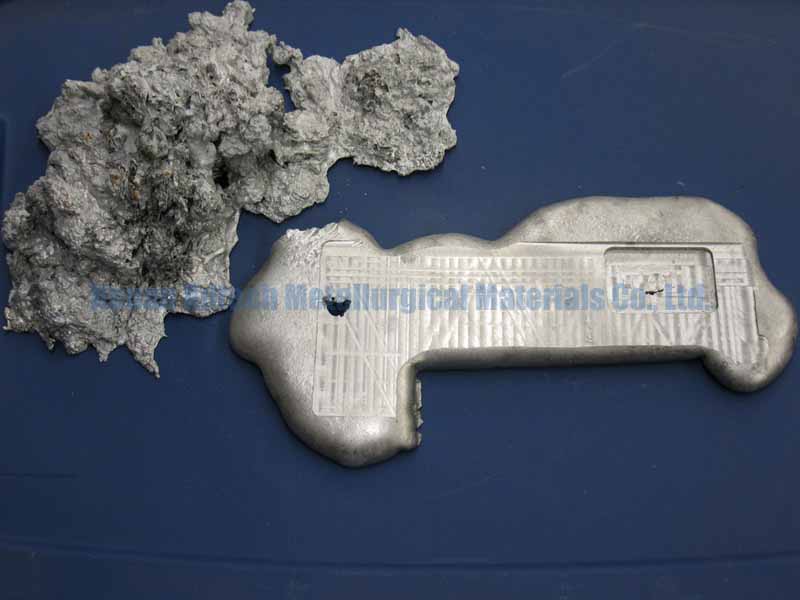
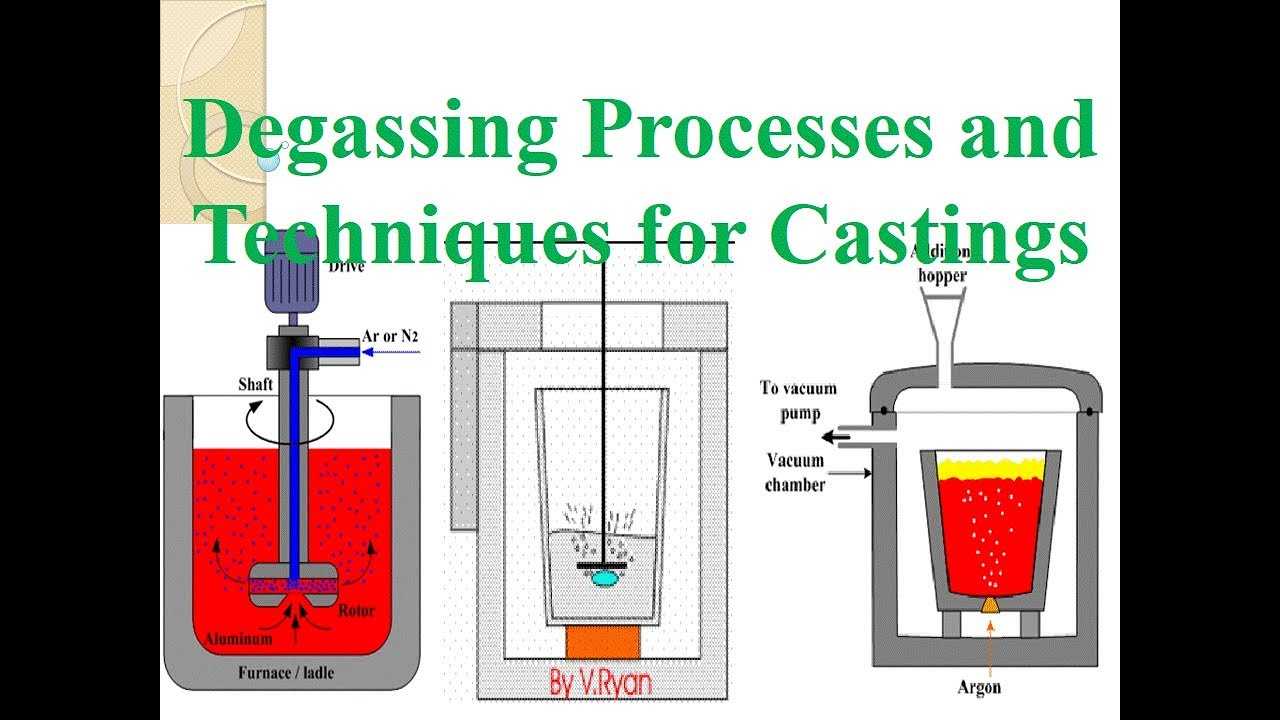
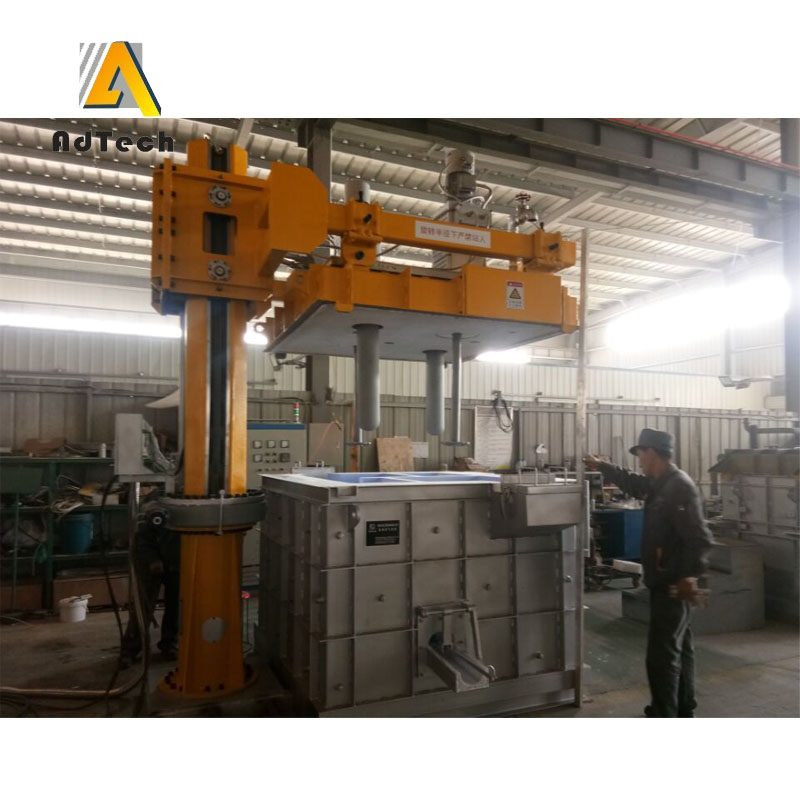
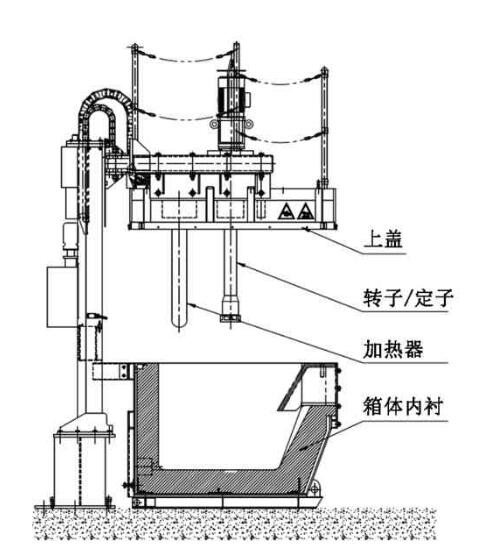
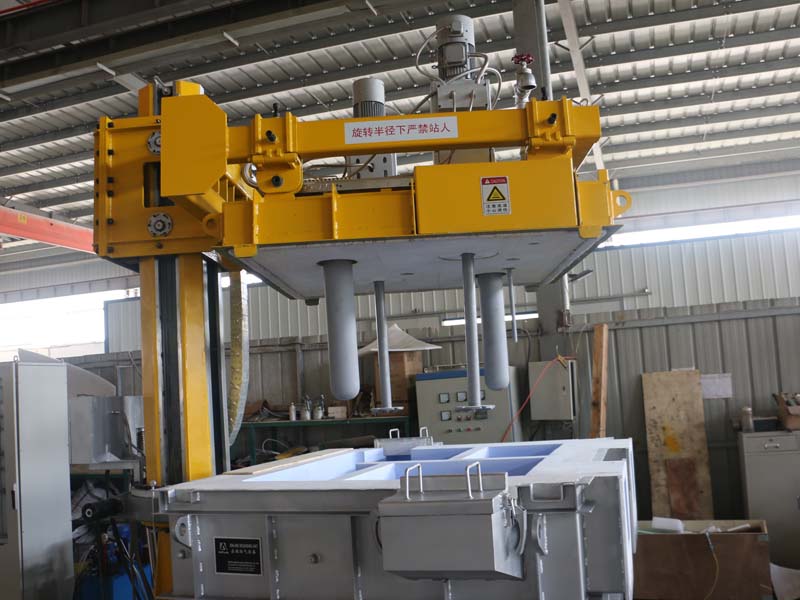
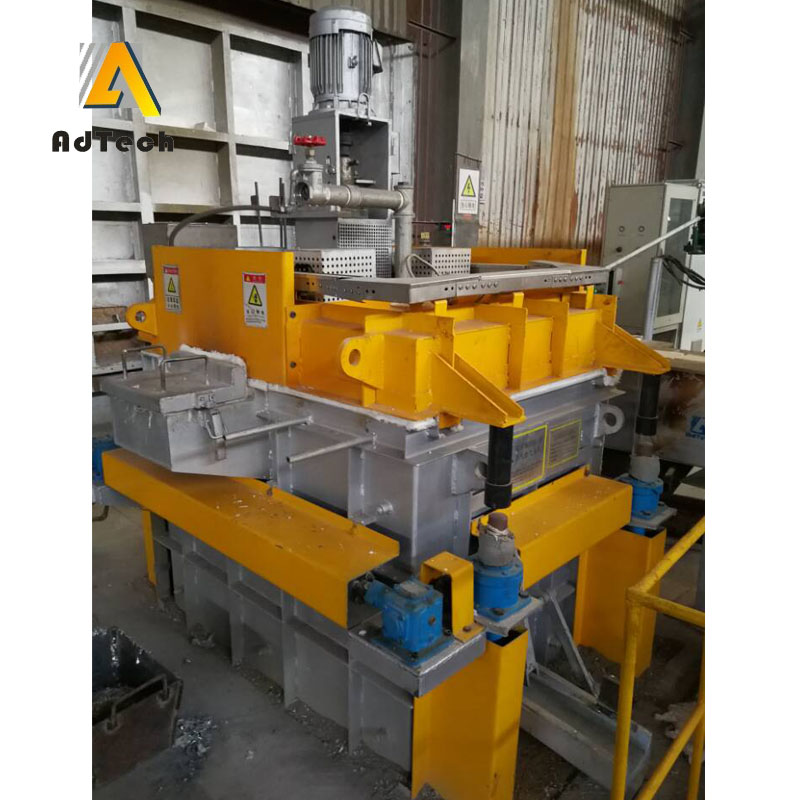
No Comments